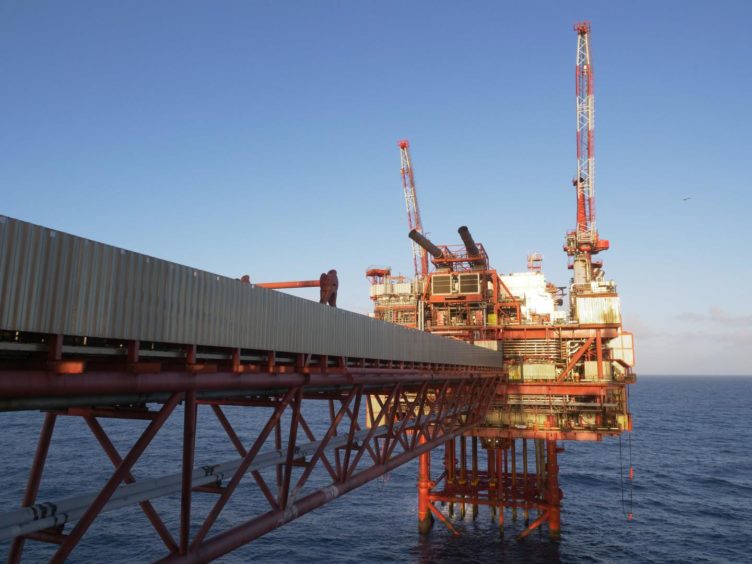
The Cambo furore comes at a time when the UK faces tough decisions about how to meet its energy needs and attract investment whilst burnishing its environmental credentials ahead of COP26 in Glasgow in November.
Greenpeace has been out in kayaks monitoring pre-development work in Norway. Extinction Rebellion’s London protests are targeting the sources of fossil fuel funding.
The pressure from the streets helps drive political uncertainty that is mirrored by a lack of regulatory clarity. Together, they risk having not just a chilling impact on hydrocarbon projects but also perhaps a knock on effect on other large-scale infrastructure projects the country needs as it navigates its way through a fundamental energy transition.
Cambo is one of several developments currently seeking consent from the Oil and Gas Authority (OGA). OGA cannot grant consent without agreement from the Secretary of State for Business, Energy & Industrial Strategy (BEIS), after an environmental impact assessment (EIA) process.
The government is legally bound to achieve net zero by 2050, and recently set a steeper trajectory towards that goal over the 2030s. OGA’s Strategy commits it to facilitate net zero, whilst also Maximising Economic Recovery from the North Sea. How do these objectives relate to the EIA?
Should EIA look only at “upstream” emissions, or at downstream emissions from end-use of hydrocarbons too? How should project sponsors present estimates of production emissions? What benchmarks should they be compared against? How hard should BEIS/OGA push them to adopt more costly, but less emissions intensive approaches (e.g. renewable power)?
If each project’s emissions look small compared to total UK emissions, when do you start to add them together, as EIA “cumulative assessment” requires?
Recent case-law suggests end-use is out of scope of EIA. However, answers to the other questions are in short supply. That makes an easier target for opponents of continued upstream development.
Political choices
Of course, it is unfair to pick on this one area. Net zero (if not EIA) requires government to look at the industry and its long-term role in UK energy supply in the round.
For example, is the UK prepared to support lower-emission, but more expensively produced hydrocarbons by imposing a border carbon adjustment on higher-emission imports, or making higher-emission production more expensive?
Ultimately, downstream emissions have to be tackled, but in a global market this can only be done effectively by demand-side measures.
Perhaps BEIS’ promised “Climate Compatibility Checkpoint” will answer some of the questions that are currently hanging. This is meant to ensure that future awards of oil and gas licences are aligned with net zero. Nicola Sturgeon has suggested extending it to field development consents.
Regulating the future
No checkpoint is likely to satisfy those who hope to halt all fossil fuel extraction – at least in countries where the authorities are susceptible to their pressure.
Some countries have taken steps to curtail exploration or future production. Others have yet to show any serious efforts to reduce upstream or downstream emissions associated with hydrocarbons.
The UK has opted for the middle ground, looking to implement a net zero policy and using new technologies, including CCUS and hydrogen, to decarbonise existing industries. But it has yet to plot clearly enough the route that it wants the upstream sector to take across this wide and difficult terrain.
If the goal is to make the North Sea a beacon for low-emission production, a lack of clear standards and appraisal frameworks may not be the best way to incentivise investment.
Minimising production emissions, while still ensuring energy security and the viability of a sector whose skills and capital are key to net zero is hugely challenging. It should not be rushed for an artificial deadline.
But if the government believes there is a responsible way to produce oil and gas, it should make clear where its parameters lie. And it would be better to do so through consciously articulated policy than through the accidents of individual decisions and any ensuing litigation.
There are reasonable arguments for more and less stringent approaches. But any clear set of rules is preferable to a system where whoever shouts the loudest may carry the day.
Dentons is the world’s largest law firm, connecting talent to the world’s challenges and opportunities in more than 75 countries. Dentons’ legal and business solutions benefit from deep roots in our communities and award-winning advancements in client service, including Nextlaw, Dentons’ innovation and strategic advisory services. Dentons’ polycentric and purpose-driven approach, commitment to inclusion and diversity, and world-class talent challenge the status quo to advance client and community interests in the New Dynamic. www.dentons.com
